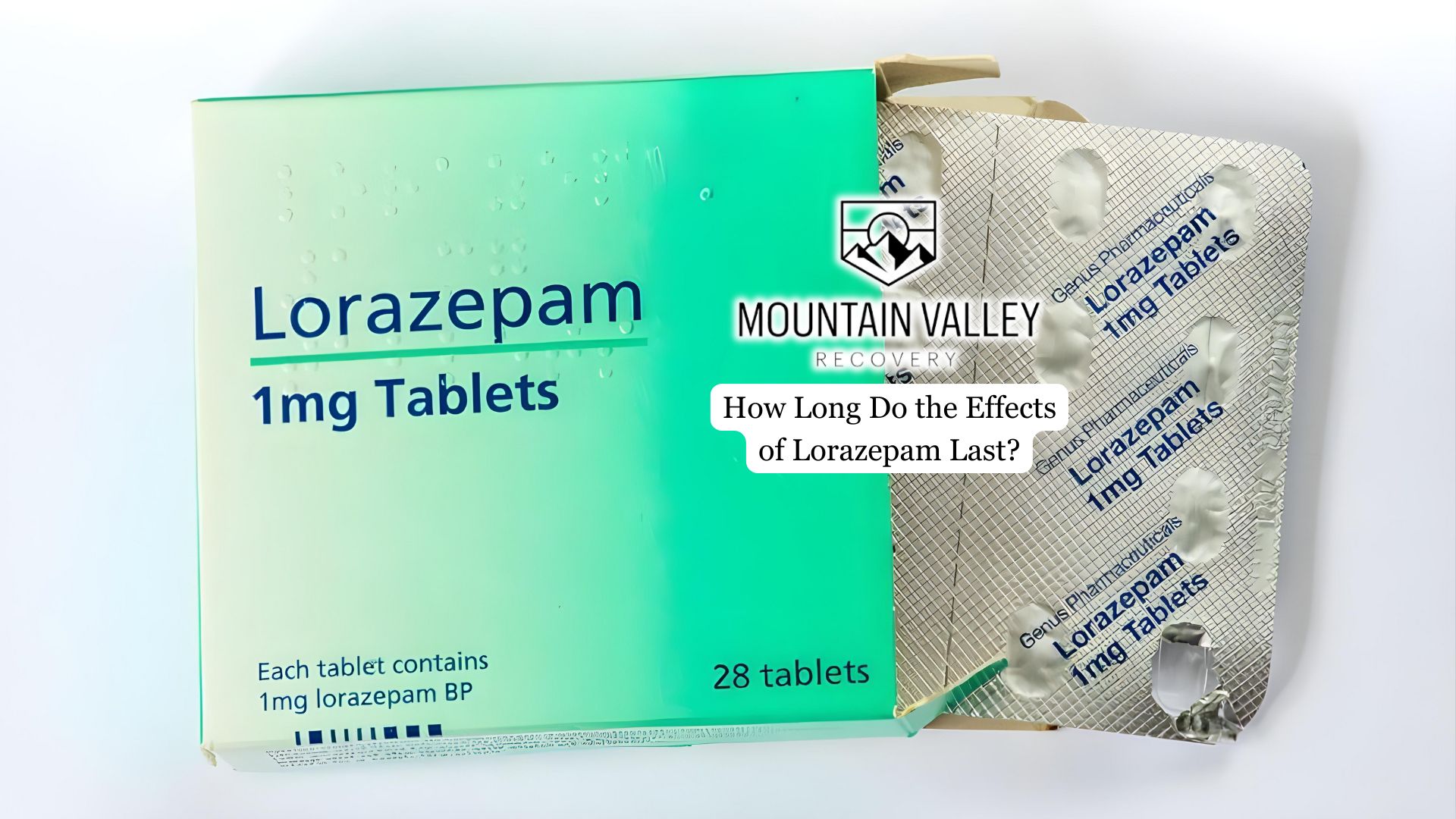Lorazepam is a widely prescribed medication known for its calming and sedative effects. Understanding how long these effects last is important for both patients and healthcare providers to ensure safe and effective use.
This article will explore the typical duration of lorazepam’s effects, how the drug is metabolized and eliminated from the body, and the factors that can influence its lasting impact. It will also discuss clinical considerations to help optimize treatment and minimize potential risks.
What is Lorazepam?
Lorazepam, introduced in the U.S. in 1977 and known by brand names like Ativan and Temesta, is a widely used benzodiazepine medication. It is commonly prescribed to treat anxiety, insomnia, seizures, and to provide sedation during medical procedures. Available in multiple forms, including oral, intravenous, and intramuscular, lorazepam is valued for its effectiveness and rapid onset, making it a key medication in both inpatient and outpatient settings.
However, lorazepam carries a significant potential for physical dependence and addiction, especially when used at higher doses or for extended periods. Misuse can lead to tolerance, withdrawal symptoms, and compulsive drug-seeking behaviors, making professional monitoring and treatment essential to prevent and address addiction risks.
When a man struggles with lorazepam addiction, opting for professional treatment is vital to safely manage withdrawal and address the underlying causes of dependence. Early intervention through specialized addiction programs and behavioral therapies significantly increases the chances of lasting recovery and improved well-being.
Onset of Action
Lorazepam’s onset of effects varies by administration route:
- Orally – effects begin within 20 to 30 minutes and peak in 1 to 2 hours
- Intravenously – onset is rapid at 1 to 3 minutes
- Intramuscularly – effects start within 15 to 30 minutes.
Understanding these differences helps healthcare providers choose the most suitable delivery method based on how quickly the medication’s effects are needed.
Duration of Effects
Lorazepam typically produces effects lasting 6 to 8 hours, though sedation may persist longer in sensitive individuals. At higher doses, mild euphoria can extend for 10 hours or more. In some cases, depending on factors like metabolism and dosage, therapeutic effects may be sustained for up to 72 hours.

Half-Life and Metabolism
Lorazepam has an intermediate half-life ranging from 10 to 20 hours, with an average of about 12 hours. The half-life refers to the time it takes for the concentration of the drug in the body to reduce by half, which closely relates to how long its therapeutic effects last.
Lorazepam is primarily metabolized in the liver through a process called conjugation, producing an inactive compound that is then excreted in the urine. Unlike many other drugs processed by the liver’s cytochrome P450 system, lorazepam’s metabolism is less affected by liver impairment, making it potentially safer for patients with compromised liver function.
Elimination from the Body
Lorazepam is metabolized in the liver into an inactive compound, lorazepam-glucuronide, and both are primarily excreted via the kidneys in urine. Most of the drug is eliminated within 2–3 days after the last dose, with complete clearance typically occurring within 5 days. However, prolonged or heavy use may extend elimination to several weeks.
Factors Influencing Duration and Elimination
The duration and elimination of lorazepam are influenced by multiple factors, including an individual’s metabolism rate, liver and kidney function, dosage, and frequency of use.
Older age, higher body fat, and certain health conditions can slow metabolism and clearance, prolonging the drug’s effects. Additionally, drug interactions may alter how quickly lorazepam is metabolized.
Consulting a healthcare professional is important to understand these factors and ensure proper dosing and monitoring tailored to each person’s needs.
Clinical Implications
Clinically, the duration of lorazepam’s effects necessitates careful dosing schedules to avoid excessive sedation, especially in older adults or those with hepatic impairment, who may experience prolonged drug action and increased risk of falls or cognitive impairment. The relatively long half-life also means that repeated dosing can lead to drug accumulation, heightening the risk of dependence, withdrawal symptoms, and overdose if not closely monitored.
For patients with anxiety or sleep disorders, lorazepam’s duration allows for once- or twice-daily dosing, but clinicians must remain vigilant for signs of tolerance, dependence, and withdrawal, particularly if use extends beyond the recommended two to four weeks.
Final Thoughts from Mountain Valley Recovery
While Lorazepam’s calming effects typically last for several hours, the drug can remain in the body for a longer period. Understanding these variations is crucial for safe and effective use, underscoring the importance of careful guidance and monitoring by healthcare professionals.
Mountain Valley Recovery’s extended residential program in Utah provides a structured, therapeutic setting tailored to support men recovering from benzodiazepine addiction. Through intensive therapy and holistic care, the program fosters long-term healing and stability. Recognizing the complexities of withdrawal and dependence, this comprehensive approach allows individuals the time and support needed to build a strong, sustainable foundation for recovery.





